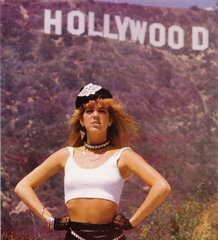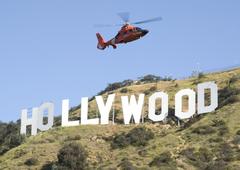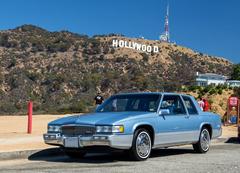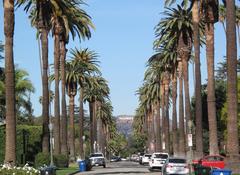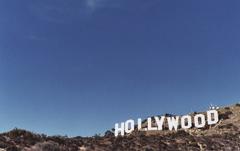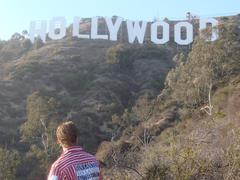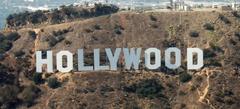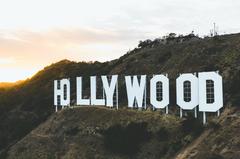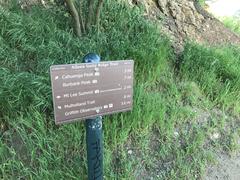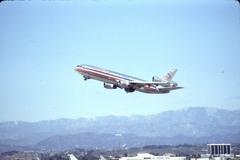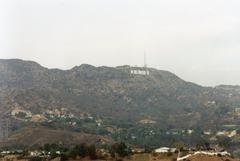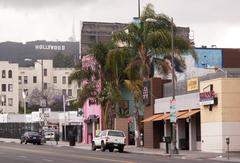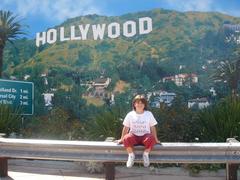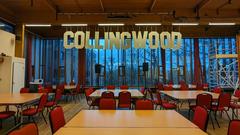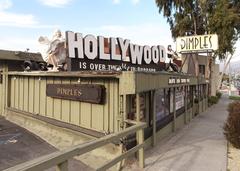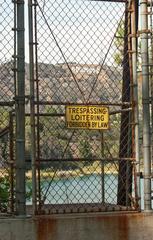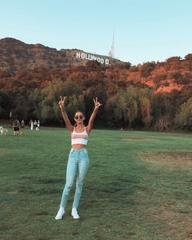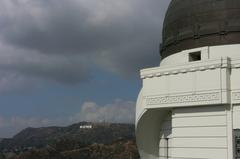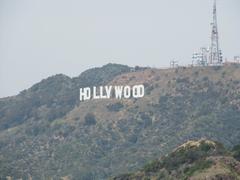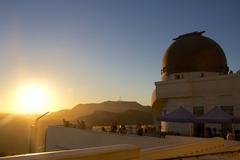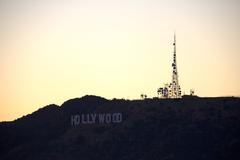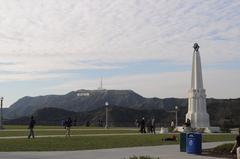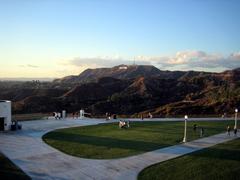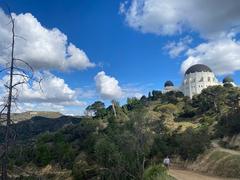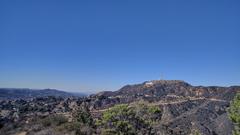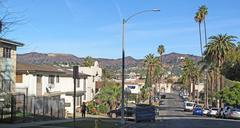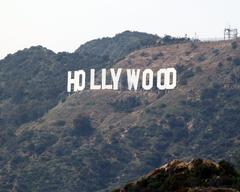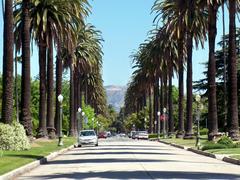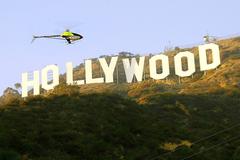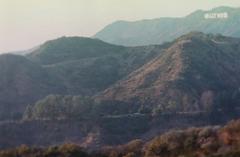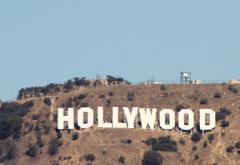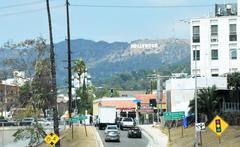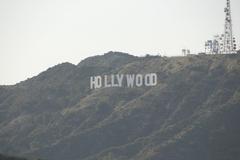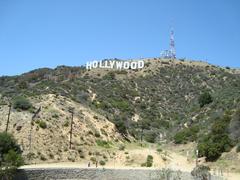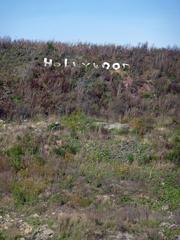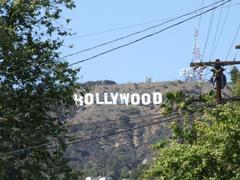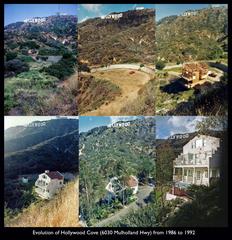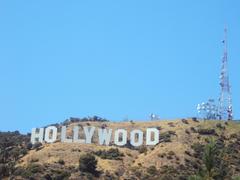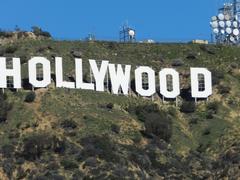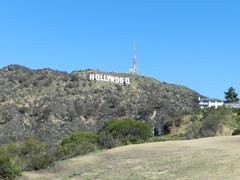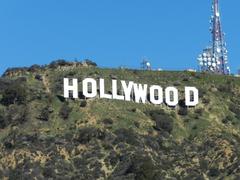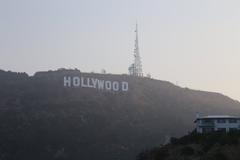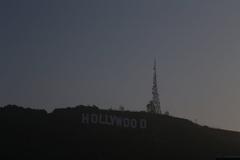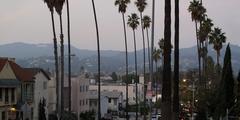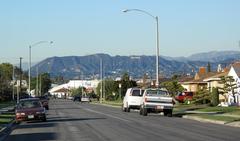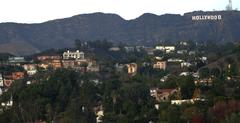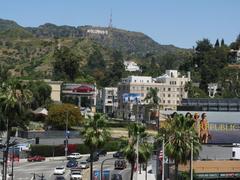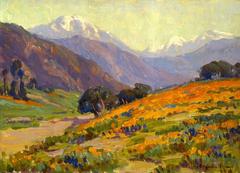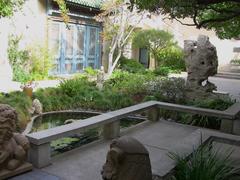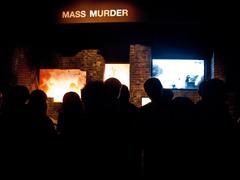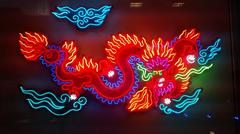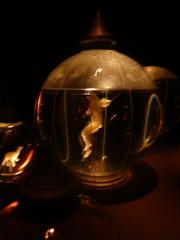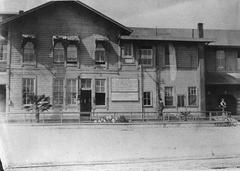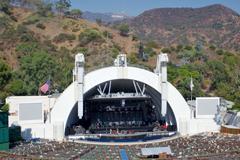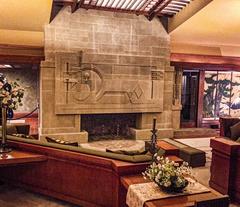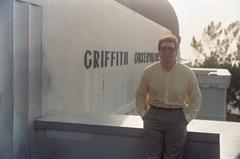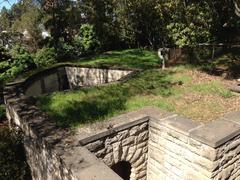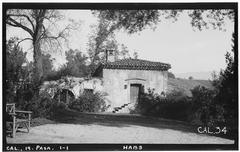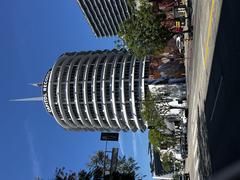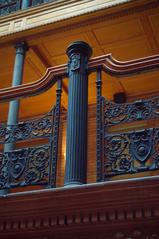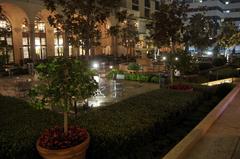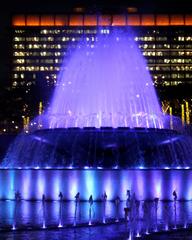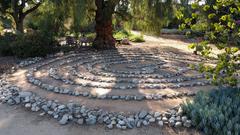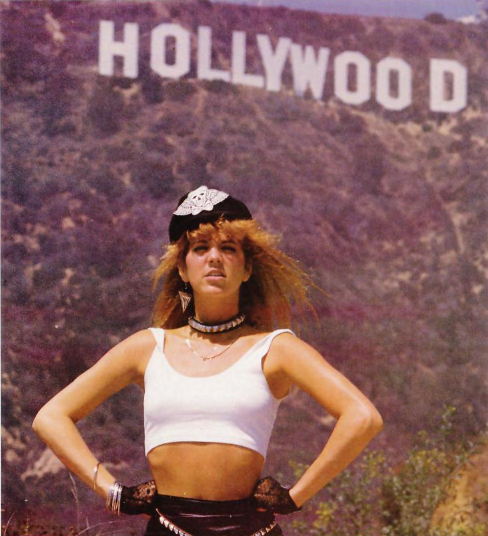
Comprehensive Guide to Visiting W, Los Angeles, United States
Date: 17/07/2024
Introduction
W, Los Angeles, stands as a testament to the rich tapestry of history and culture that defines this vibrant urban enclave. From its early habitation by the Tongva people, known for their sophisticated society, to its transformation under Spanish colonial rule and subsequent evolution through the Mexican and American eras, W, Los Angeles, offers a captivating journey through time. This area has witnessed significant events, including the establishment of the Mission San Gabriel Arcángel in 1771 (California Missions Foundation), and the granting of Rancho San Vicente y Santa Monica in 1839 (Los Angeles Public Library). Today, W, Los Angeles, is celebrated for its diverse community, architectural heritage, and thriving economic landscape. This guide will delve into the historical background, visitor information, travel tips, and nearby attractions, providing a comprehensive overview for anyone planning to explore this iconic neighborhood.
Table of Contents
- Introduction
- Early Beginnings
- Spanish and Mexican Era
- American Era and Development
- Mid-20th Century to Present
- Visiting Hours and Ticket Information
- Travel Tips for Getting Around
- Nearby Attractions
- Accessibility Information
- Cultural and Social Significance
- Architectural Heritage
- Economic Development
- FAQ Section
- Conclusion
Early Beginnings
The area now known as W, Los Angeles, has a rich history that dates back to the early Native American tribes, particularly the Tongva people. The Tongva, also known as the Gabrieleño, were the original inhabitants of the Los Angeles Basin and the Southern Channel Islands. They lived in the region for thousands of years before the arrival of European settlers. The Tongva people were known for their sophisticated society, which included complex trade networks and advanced craftsmanship.
Spanish and Mexican Era
The history of W, Los Angeles, took a significant turn in the late 18th century with the arrival of Spanish explorers. In 1769, Gaspar de Portolá led an expedition that marked the beginning of Spanish colonization in California. The Spanish established missions, presidios, and pueblos, fundamentally altering the region’s landscape and its indigenous population. The area that would become W, Los Angeles, was part of the vast land holdings of the Mission San Gabriel Arcángel, founded in 1771 (California Missions Foundation).
Following Mexico’s independence from Spain in 1821, the region came under Mexican control. During this period, large land grants were given to prominent families, leading to the establishment of ranchos. The Rancho San Vicente y Santa Monica, granted to Francisco Sepúlveda in 1839, included parts of what is now W, Los Angeles (Los Angeles Public Library).
American Era and Development
The Mexican-American War (1846-1848) resulted in California becoming part of the United States. The Treaty of Guadalupe Hidalgo, signed in 1848, formalized this transfer. The Gold Rush of 1849 brought a surge of settlers to California, accelerating its path to statehood in 1850. Los Angeles, including the area now known as W, began to grow rapidly.
In the late 19th and early 20th centuries, Los Angeles experienced significant development. The arrival of the Southern Pacific Railroad in 1876 and the completion of the Los Angeles Aqueduct in 1913 were pivotal in transforming the city into a major urban center. The area of W, Los Angeles, saw its own share of development during this period, transitioning from agricultural land to residential neighborhoods.
Mid-20th Century to Present
The mid-20th century was a period of substantial growth and change for W, Los Angeles. The post-World War II boom brought an influx of new residents and businesses. The construction of the Santa Monica Freeway (Interstate 10) in the 1960s further spurred development, making the area more accessible and attractive for both residential and commercial purposes.
W, Los Angeles, became known for its diverse and vibrant community. The area saw the establishment of various cultural institutions, parks, and shopping centers, contributing to its reputation as a desirable place to live and visit. The development of high-rise buildings and modern infrastructure in the latter part of the 20th century and into the 21st century has continued to shape the area’s skyline and character.
Visiting Hours and Ticket Information
When planning to visit W, Los Angeles, it’s essential to know the visiting hours and ticket information for key attractions:
- Historical Sites: Many historical landmarks in W, Los Angeles, are open to the public during regular business hours, typically from 9 AM to 5 PM. Some sites may require an admission fee or offer guided tours.
- Cultural Institutions: Museums and cultural centers often have specific visiting hours and may offer discounted tickets for students, seniors, and children.
- Parks and Recreational Areas: Most parks are open from sunrise to sunset, with some offering free entry while others may charge a nominal fee.
Travel Tips for Getting Around
Navigating W, Los Angeles, is relatively easy with various transportation options available:
- Public Transportation: The Los Angeles Metro provides extensive bus and rail services that connect W, Los Angeles, to other parts of the city (Metro website).
- Car Rentals: Renting a car is a convenient way to explore the area at your own pace, with numerous rental agencies available.
- Biking and Walking: The neighborhood is bike-friendly, and many attractions are within walking distance, making it easy to explore on foot or by bicycle.
Nearby Attractions
While visiting W, Los Angeles, consider exploring these nearby attractions:
- Santa Monica Pier: A historic landmark offering amusement rides, restaurants, and stunning ocean views (Santa Monica Pier).
- Getty Center: An art museum with impressive collections, beautiful gardens, and panoramic views of Los Angeles (Getty Center).
- Rodeo Drive: A world-renowned shopping destination known for its luxury boutiques and designer stores (Rodeo Drive).
Accessibility Information
W, Los Angeles, is committed to being accessible to all visitors:
- Wheelchair Accessibility: Many attractions and public spaces are equipped with ramps, elevators, and accessible restrooms.
- Public Transportation: The Los Angeles Metro offers accessible services, including buses and trains with wheelchair access.
- Visitor Assistance: Information centers provide resources and assistance for visitors with disabilities.
Cultural and Social Significance
W, Los Angeles, is a microcosm of the broader cultural and social dynamics of the city. It is home to a diverse population, reflecting the multicultural fabric of Los Angeles. The area boasts a rich tapestry of cultural influences, from its early Native American roots to its Spanish and Mexican heritage, and its evolution as part of the United States.
The neighborhood is known for its vibrant arts scene, with numerous galleries, theaters, and cultural events. It is also a hub for culinary diversity, offering a wide range of dining options that reflect the global influences of its residents. The area’s parks and recreational facilities provide green spaces for relaxation and community activities, enhancing the quality of life for its inhabitants.
Architectural Heritage
W, Los Angeles, features a mix of architectural styles that reflect its historical development. From early Spanish Colonial and Mission Revival styles to Mid-Century Modern and contemporary designs, the area’s architecture tells the story of its evolution. Notable landmarks include historic homes, commercial buildings, and public spaces that have been preserved and repurposed to maintain the area’s historical character while accommodating modern needs.
Economic Development
The economic landscape of W, Los Angeles, has evolved significantly over the years. Initially an agricultural area, it transitioned to a residential and commercial hub. Today, it is home to a mix of businesses, from small local enterprises to major corporations. The area’s economic vitality is supported by its strategic location, accessibility, and diverse population, making it an attractive destination for investment and development.
FAQ Section
Q: What are the visiting hours for historical sites in W, Los Angeles? A: Most historical sites are open from 9 AM to 5 PM, though it’s best to check specific sites for exact hours and ticket information.
Q: What transportation options are available in W, Los Angeles? A: Public transportation, car rentals, biking, and walking are all convenient options for getting around W, Los Angeles.
Q: Are there any nearby attractions to visit while in W, Los Angeles? A: Yes, nearby attractions include the Santa Monica Pier, Getty Center, and Rodeo Drive.
Q: Is W, Los Angeles, accessible for visitors with disabilities? A: Yes, many attractions and public transportation options in W, Los Angeles, are equipped to accommodate visitors with disabilities.
Conclusion
The history of W, Los Angeles, is a testament to the dynamic and multifaceted nature of the city. From its indigenous roots to its modern-day status as a vibrant urban community, the area has undergone significant transformations. Understanding this history provides valuable insights into the cultural, social, and economic forces that have shaped W, Los Angeles, making it a unique and compelling destination for visitors and residents alike. Plan your visit to explore the rich history and enjoy the diverse attractions W, Los Angeles, has to offer.
References
- California Missions Foundation
- Los Angeles Public Library
- Metro Website
- W Los Angeles - West Beverly Hills
- Kimpton Hotel Palomar Los Angeles Beverly Hills
- HI Los Angeles Santa Monica Hostel
- Grand Central Market
- Providence
- The Rooftop at The Standard
- The Viper Room
- Griffith Observatory
- Santa Monica Pier
- Getty Center
- Rodeo Drive
- The Grove
- Academy Awards
- LA Pride
- LA County Fair
